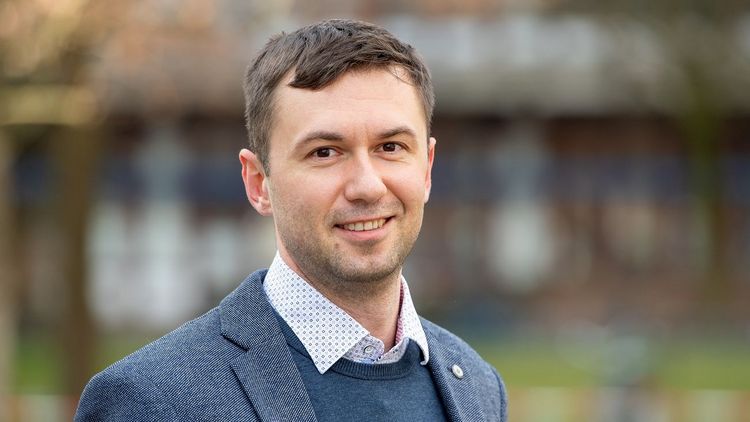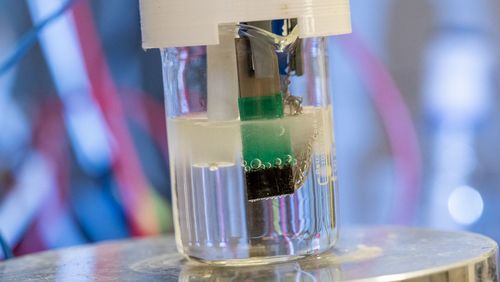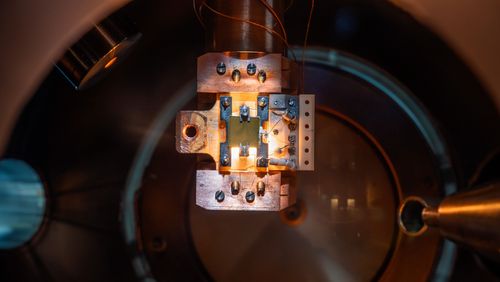Producing batteries in a completely new way is the goal of chemist Dmitry Momotenko. He has now started his research work at the university - funded by a Starting Grant from the European Research Council (ERC).
Over the next five years, the researcher will develop and study an innovative 3D electrochemical printing technique for manufacturing lithium-ion batteries. The goal is to boost the output power and reduce the charging times of the batteries to just a few seconds. The NANO-3D-LION project will receive approximately 2.25 million euros from the European Research Council (ERC) in the form of a Starting Grant. ERC Starting Grants support outstanding early-career scientists who want to set up their own research group.
Portable electronic devices, electric vehicles and robotic systems all need efficient energy storage. However, despite major advances, the architecture of current rechargeable lithium-ion batteries limits their performance. In the new project Momotenko will investigate nanoscale 3D printing techniques for manufacturing high-performance batteries. "We are delighted that Dmitry Momotenko has decided to conduct his ERC-funded research at the University of Oldenburg. This will expand our expertise in the field of electrochemistry to include know-how for site-directed manipulation at the nanoscale," said Professor Gunther Wittstock, who leads the Physical Chemistry - Electrochemistry research group at the University of Oldenburg's Chemistry Department, which will work closely together with Momotenko's team. "This project could revolutionize current battery technology and have a major impact on the design of high-performance batteries," Wittstock stressed.
Momotenko laid the scientific foundations for the current project while conducting research at ETH Zurich (Switzerland), where he was based before coming to Oldenburg. The chemist envisions a three-step process for producing the ultrasmall structures for batteries: first of all, his team will develop a 3D printing platform. "The key feature here is the printing nozzles we have developed, with openings just a few nanometres wide," he explained. In the next step the researchers will adapt the printing platform for nanoscale applications. In the final step they will use electrochemical processes to convert the printed metal structures into active electrode material.
"Using this technique, we can manufacture batteries with a surface area a thousand times larger than in conventional models," Momotenko explained. This new architecture should make it possible to significantly boost the performance of the batteries and make the charging times 1000 times faster so the batteries are fully charged within a few seconds. According to the scientists, the 3D printing concept could also have broad applications in other areas, for example the development of implantable microsystems in the field of medicine, or the production of biosensors.




